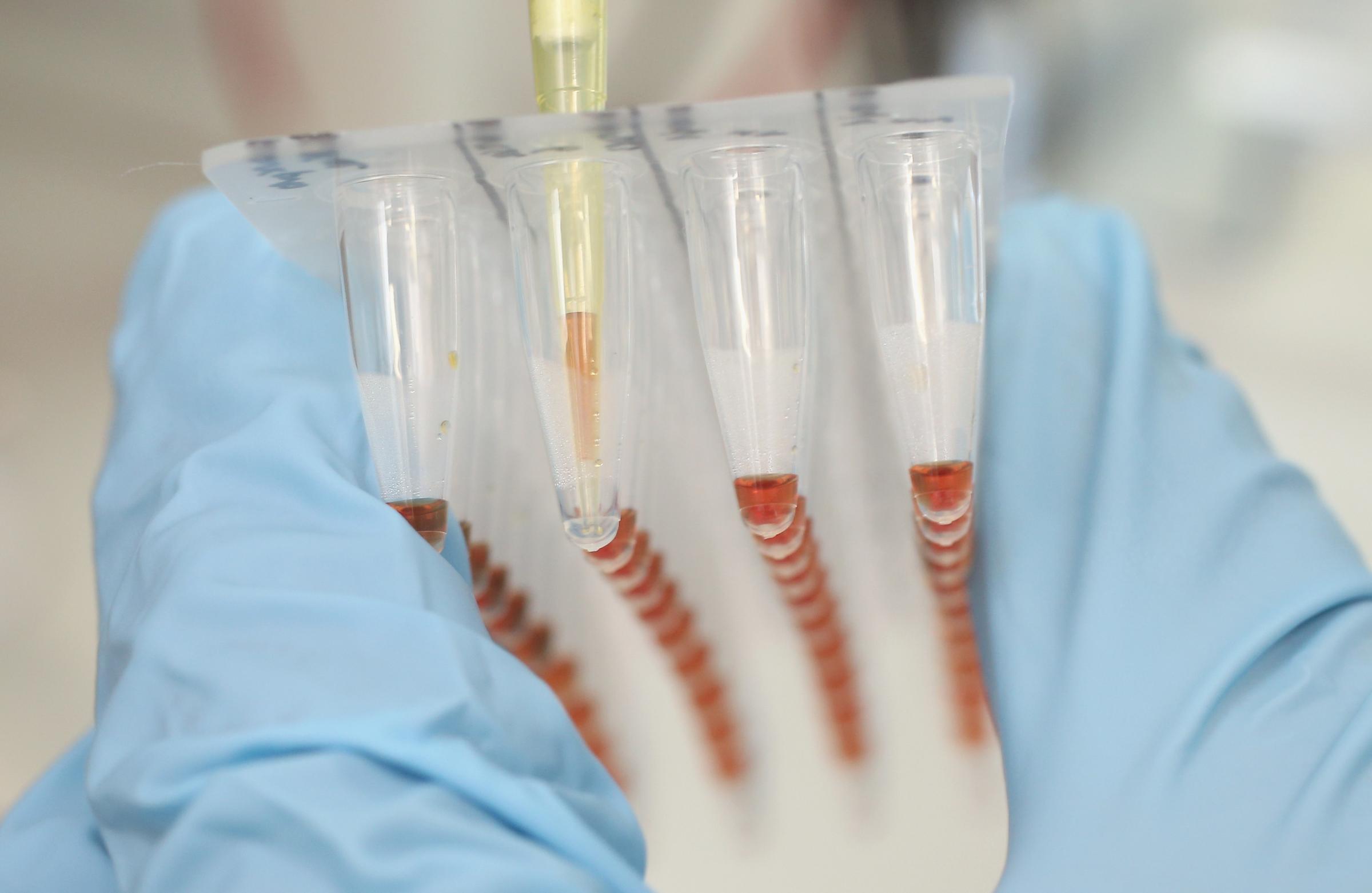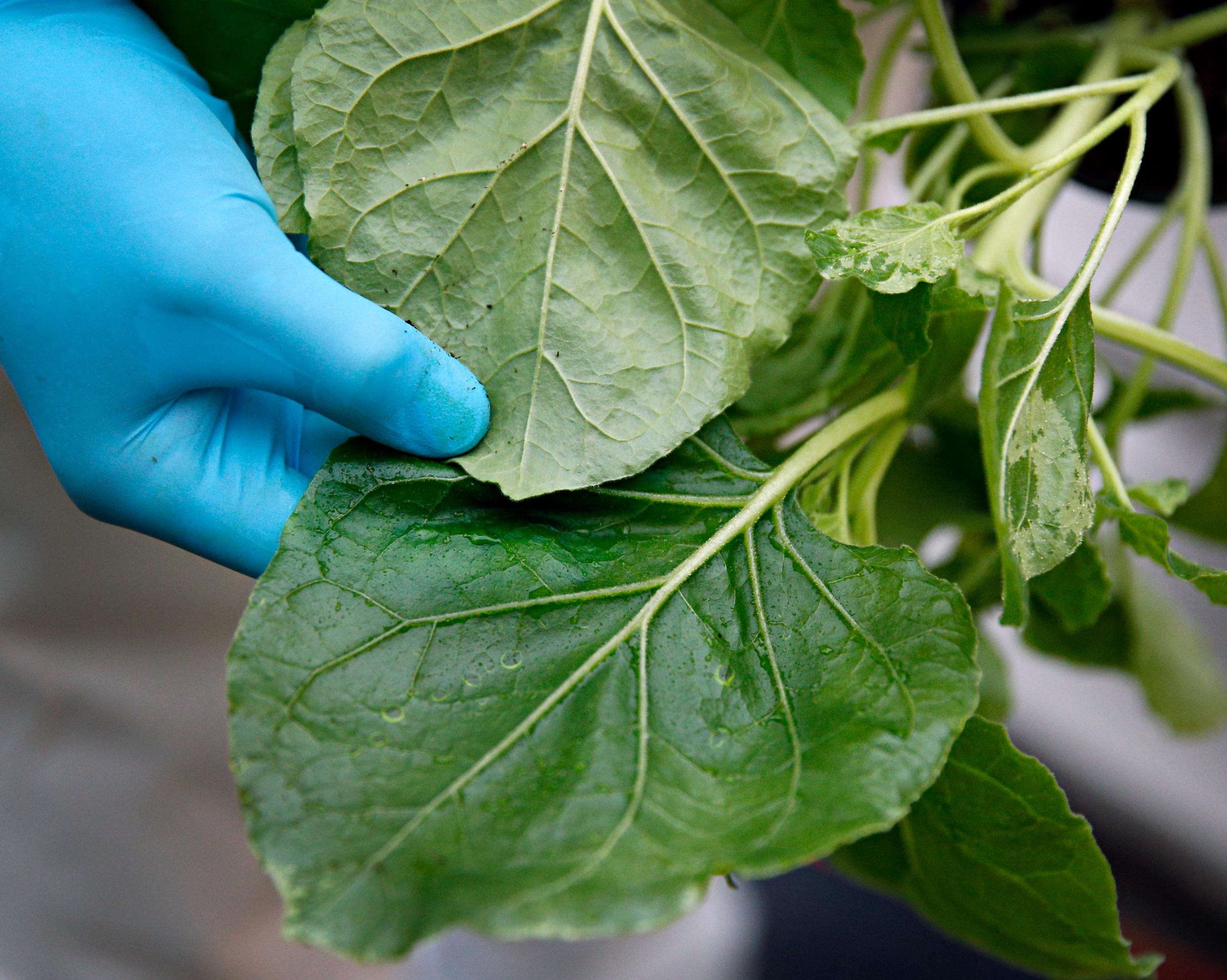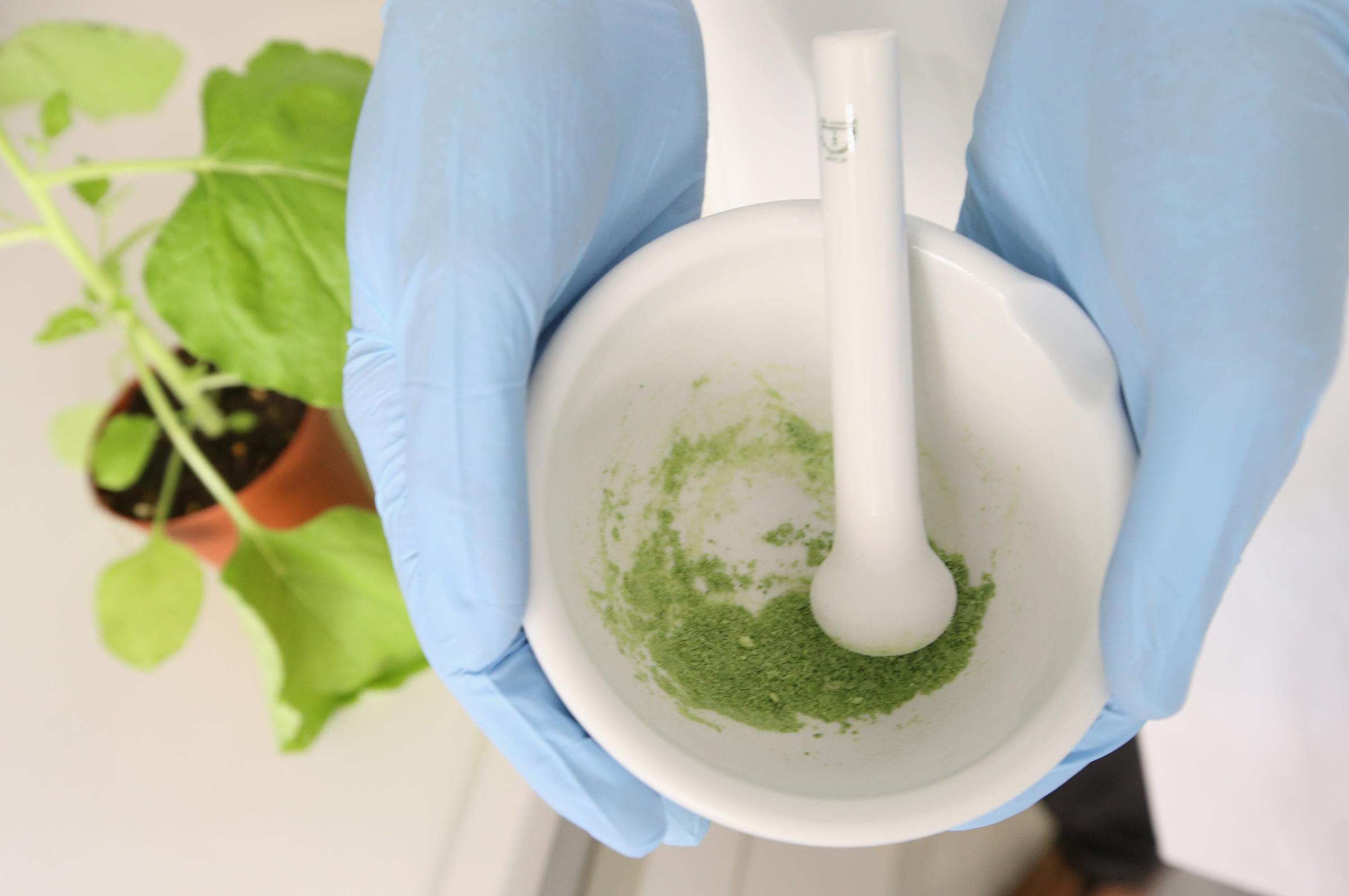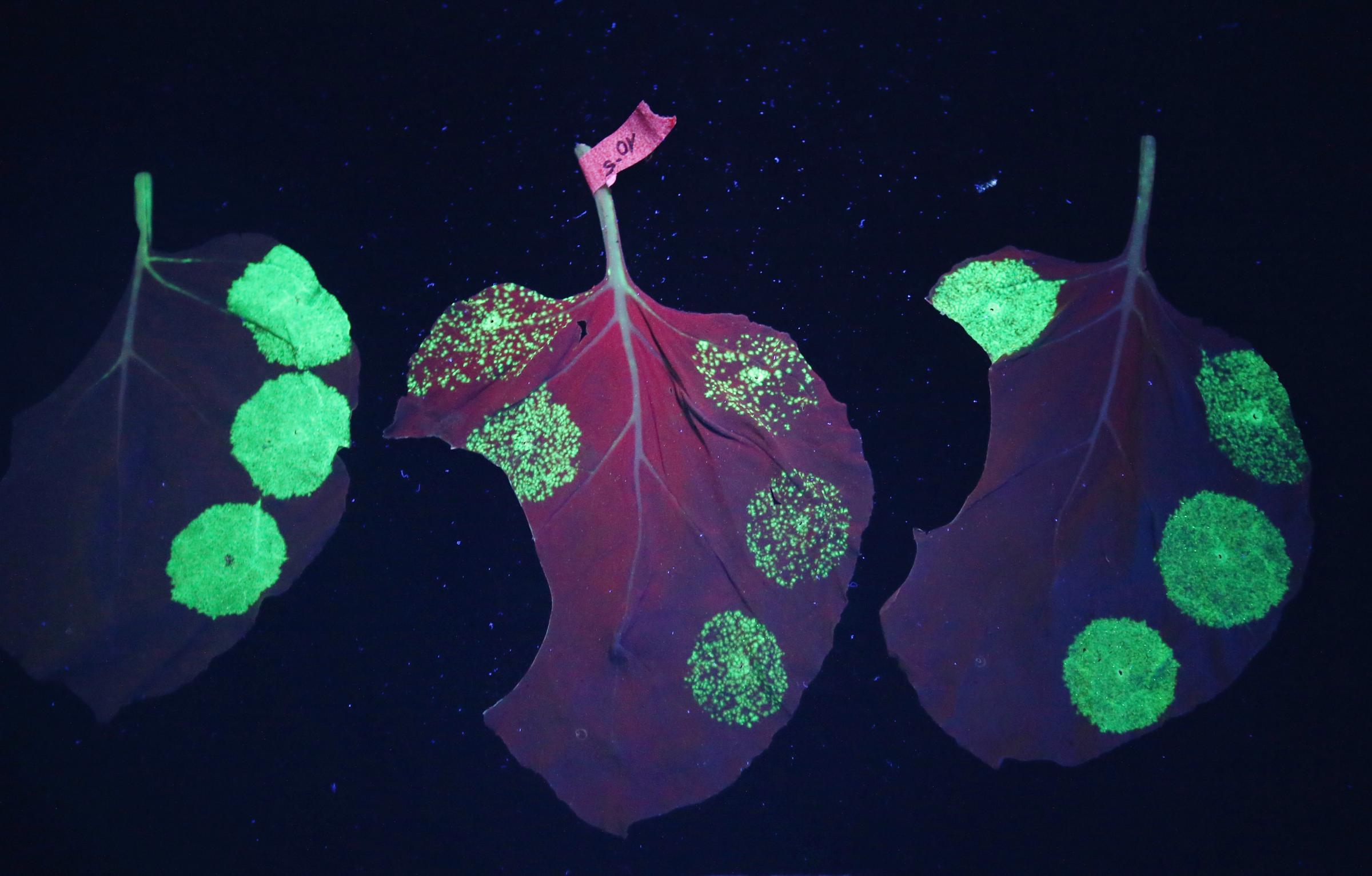A team of experts with experience treating Ebola patients in Africa and containing outbreaks there is now in Dallas working to contain the deadly disease after the first two diagnoses on U.S. soil, a top health official said Tuesday.
Tom Frieden, the director of the Centers for Disease Control and Prevention (CDC), said the team is helping officials at Texas Health Presbyterian, and was joined by two nurses from Emory University Hospital, where U.S. aid workers were successfully treated for Ebola. The team’s job is to enhance safety and infection control measures at the hospital.
“A single infection in a health care workers is unacceptable,” Frieden said. “What we are doing at this point is looking at everything we can do to minimize the risk so those caring for her can do so safely and effectively.”
Frieden said that it’s still not clear how a nurse, Nina Pham, got infected while caring for Thomas Eric Duncan, the first patient diagnosed on U.S. soil who later died. But every step in how Ebola patients are handled will be scrutinized and improved, Frieden said.
Asked why the CDC didn’t send a team as soon as Duncan was diagnosed, Frieden said: “We did send some expertise in infection control but think in retrospect, with 20-20 hindsight, we could have sent a more robust hospital infection control team, and been more hands on at the hospital on day one about exactly how this [case] should be managed. We will do that from now on any time we have a confirmed case.”
In an encouraging sign, health officials said Pham has only had direct contact with one person— and that person isn’t sick, but is being monitored. Dozens of people who had direct or indirect contact with Duncan are still being monitored. “It is decreasingly likely that any of them will develop Ebola,” Frieden said.
See The Tobacco Leaves That Could Cure Ebola






More Must-Reads from TIME
- Donald Trump Is TIME's 2024 Person of the Year
- Why We Chose Trump as Person of the Year
- Is Intermittent Fasting Good or Bad for You?
- The 100 Must-Read Books of 2024
- The 20 Best Christmas TV Episodes
- Column: If Optimism Feels Ridiculous Now, Try Hope
- The Future of Climate Action Is Trade Policy
- Merle Bombardieri Is Helping People Make the Baby Decision
Contact us at letters@time.com